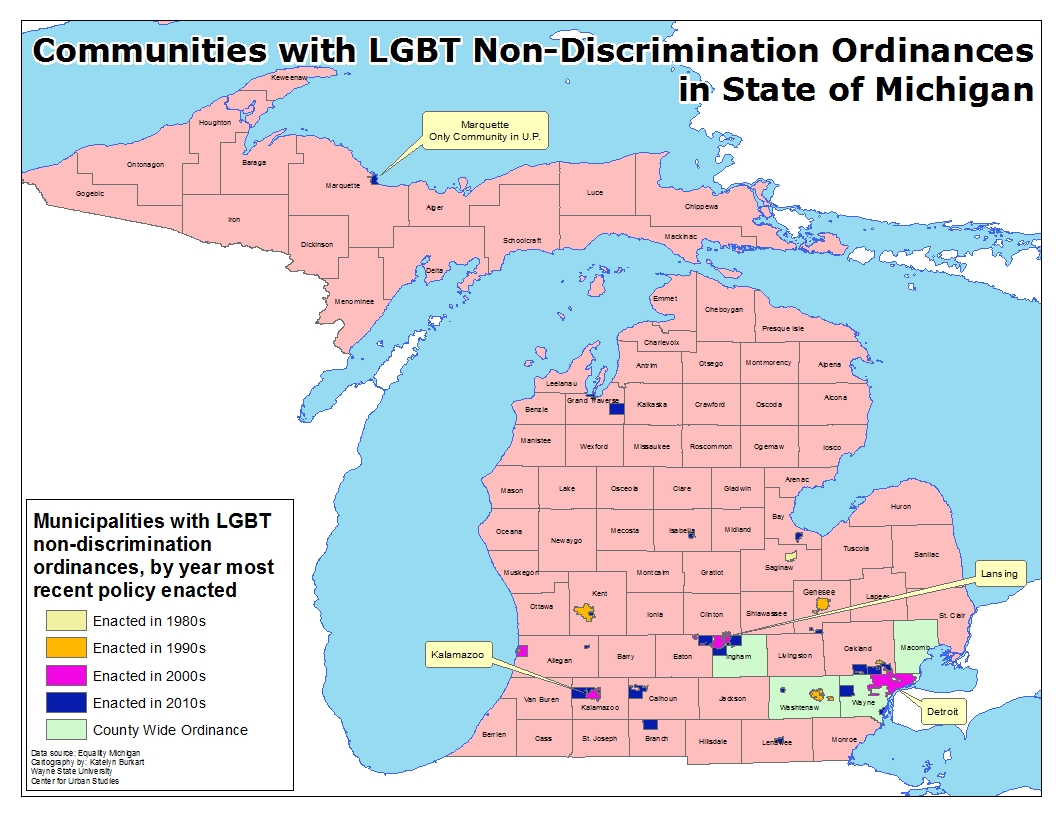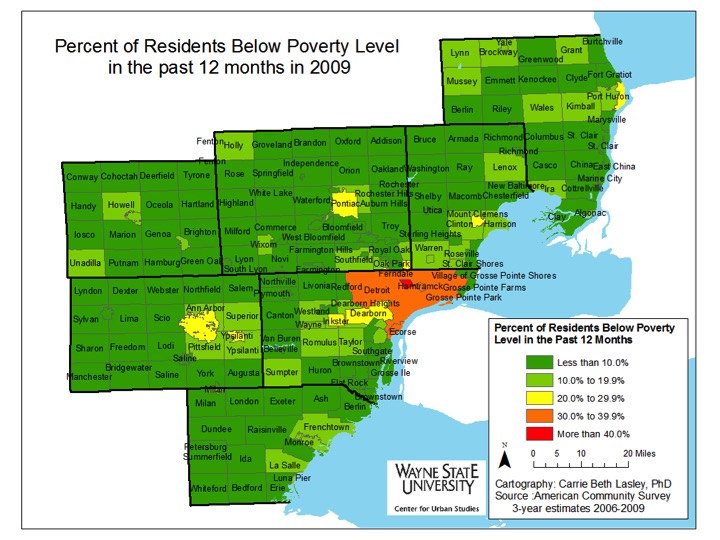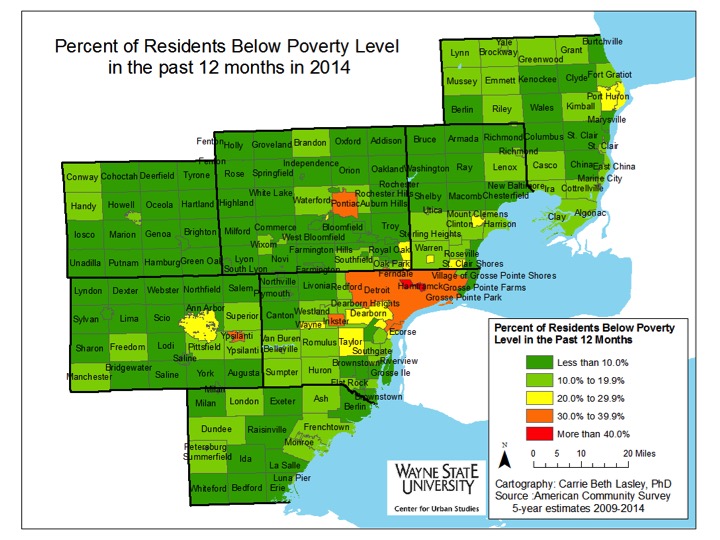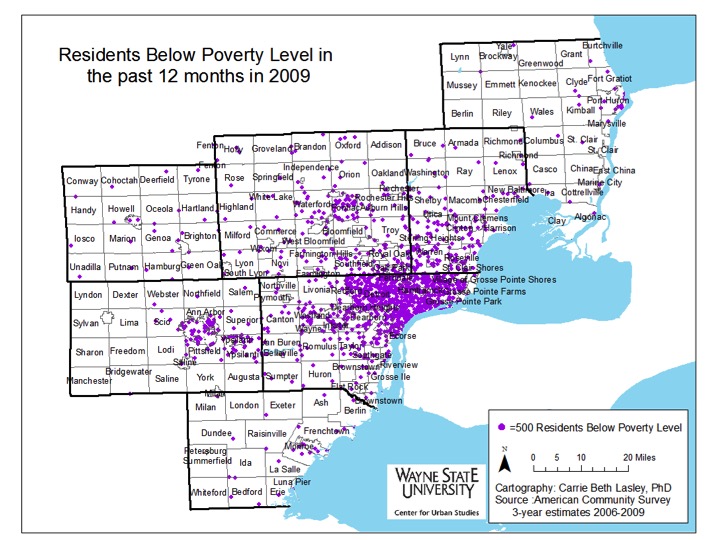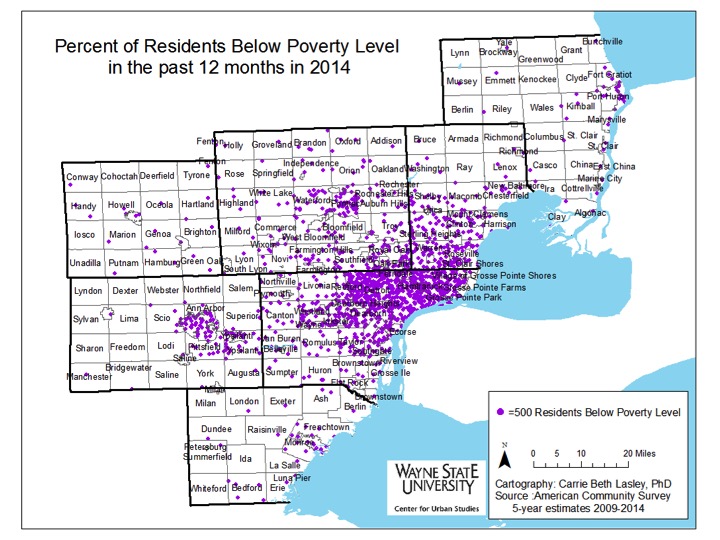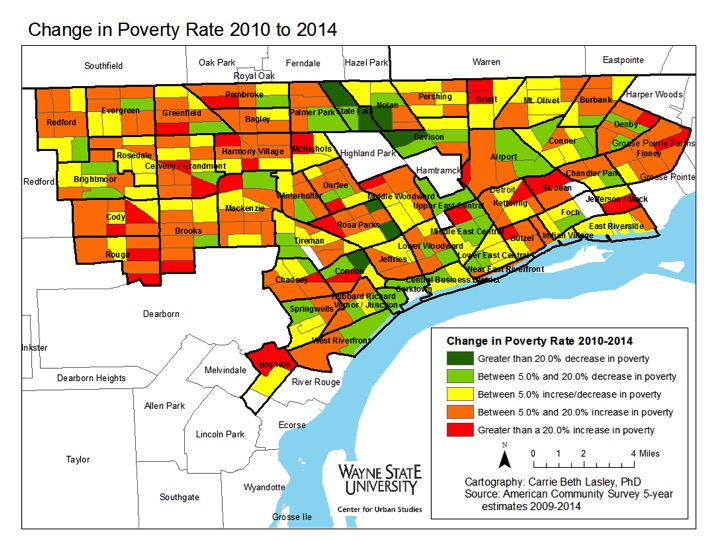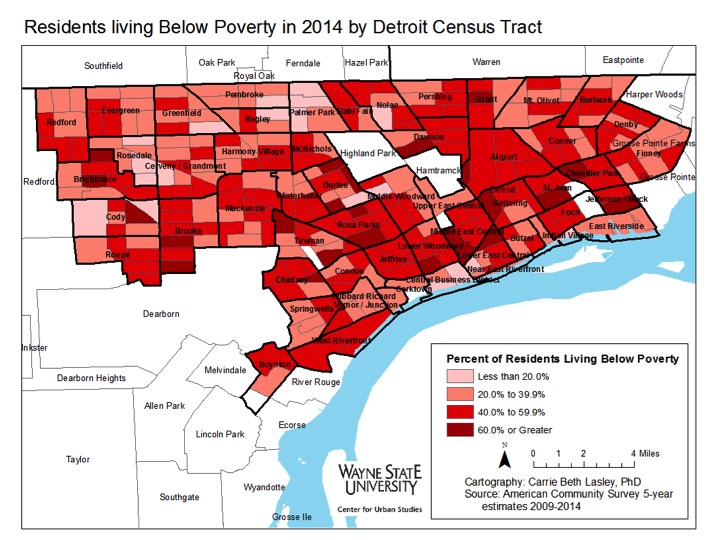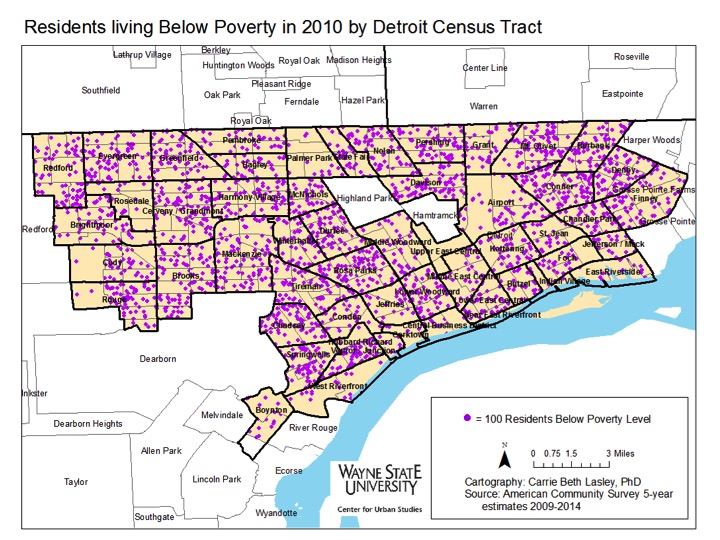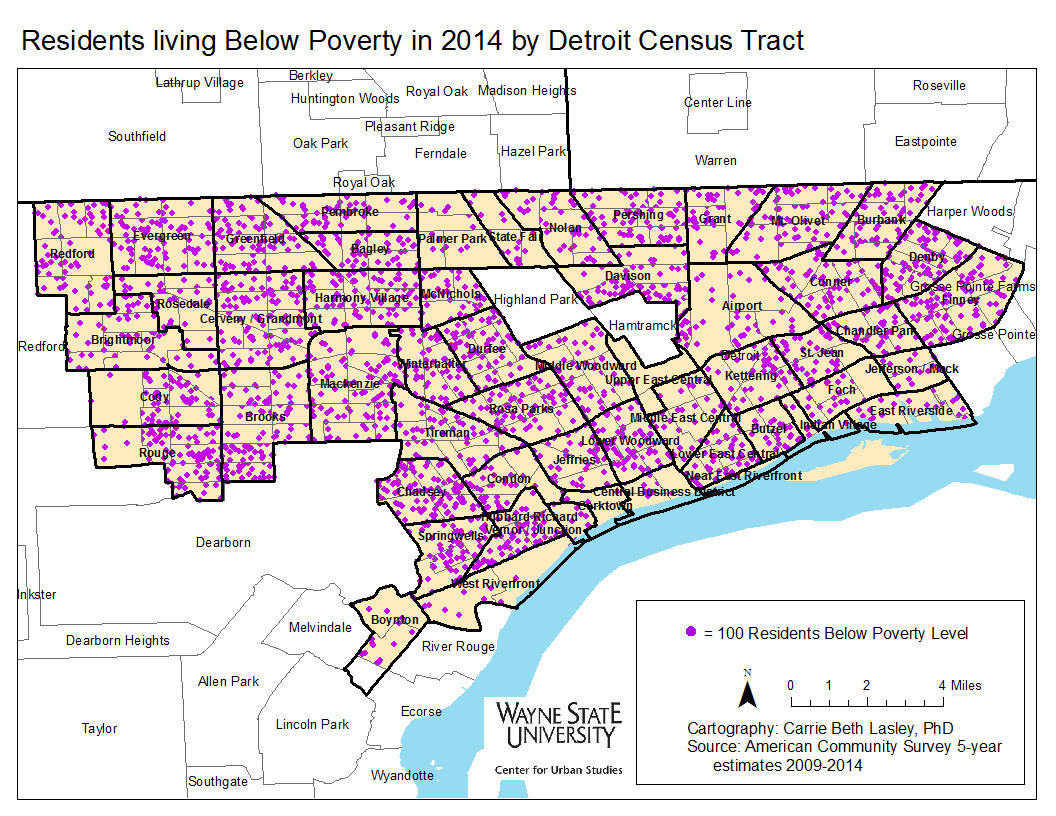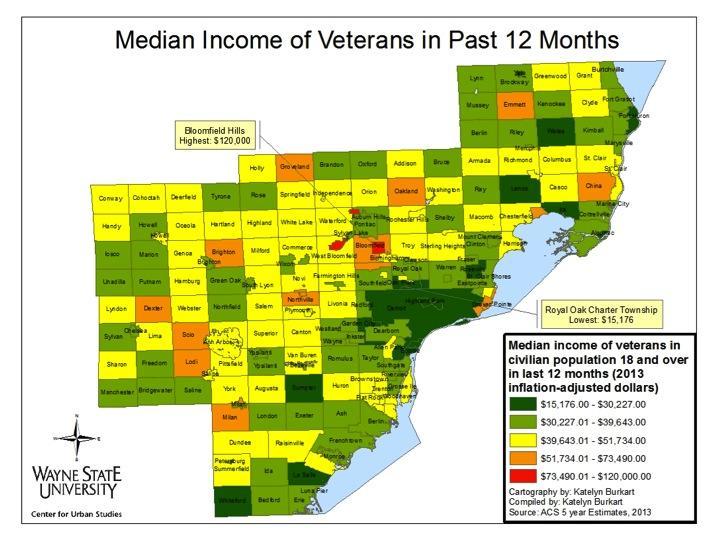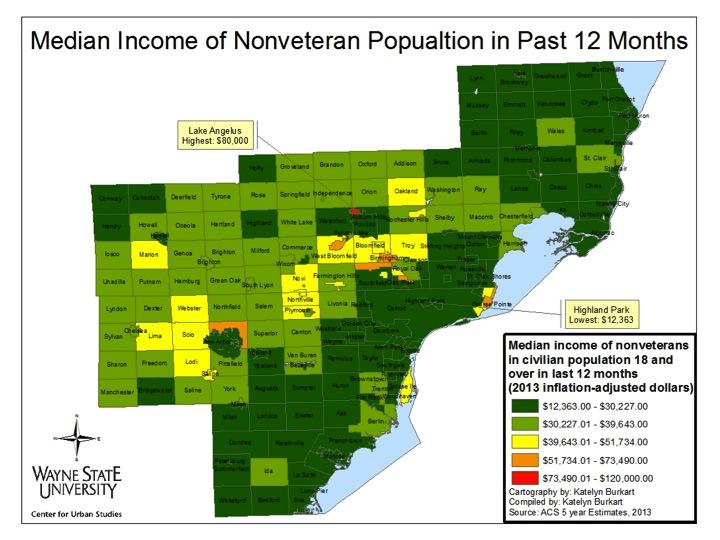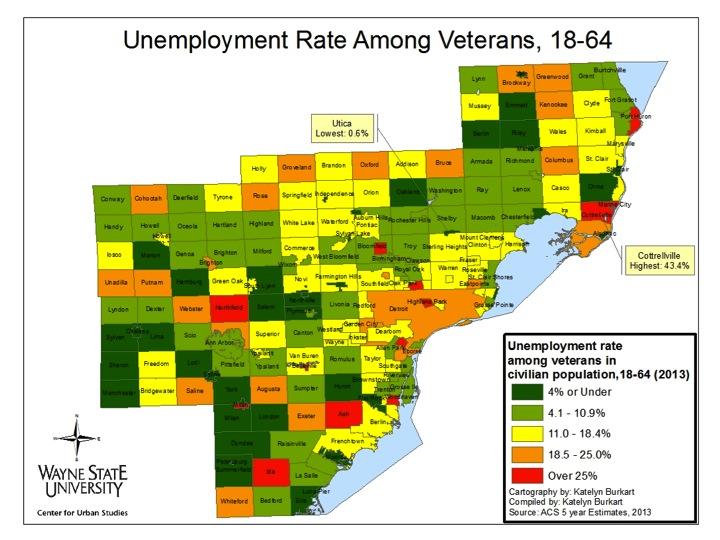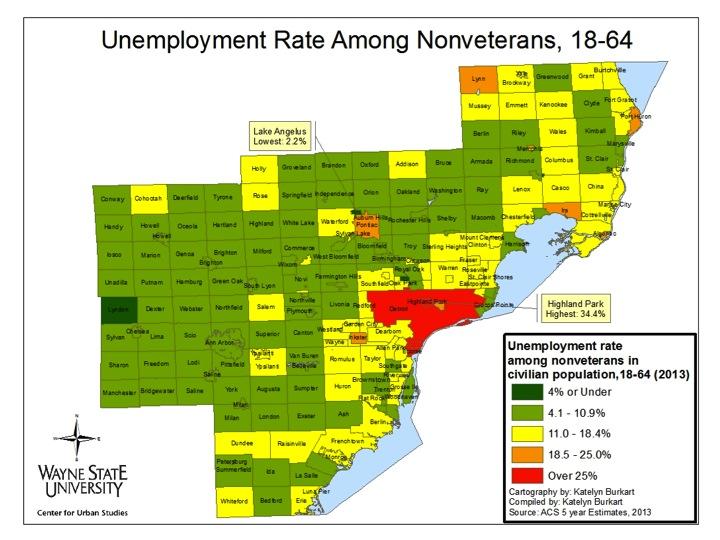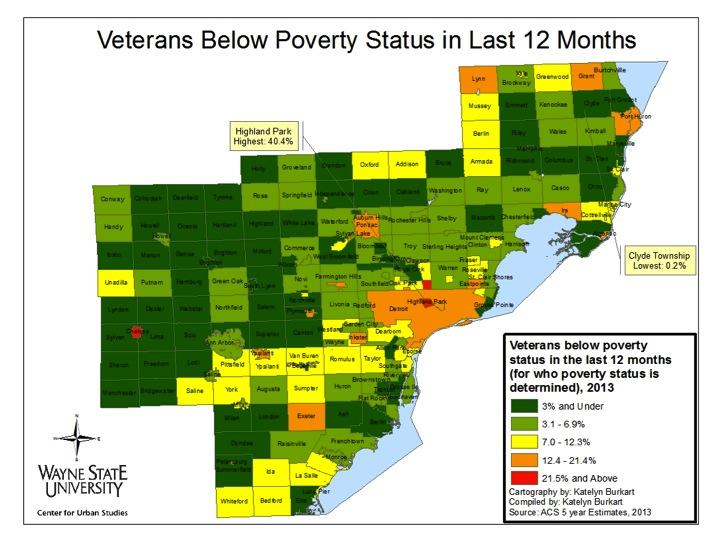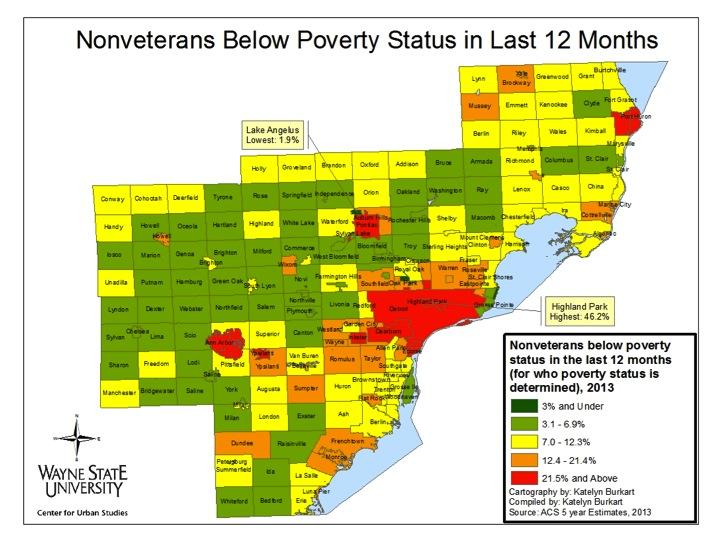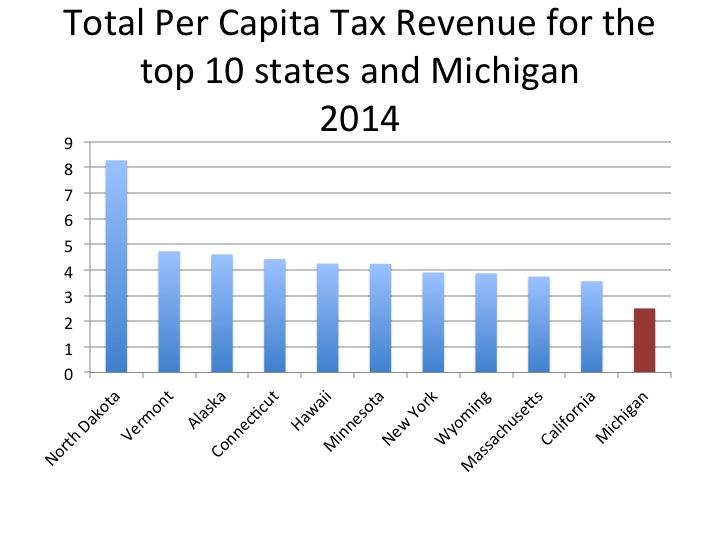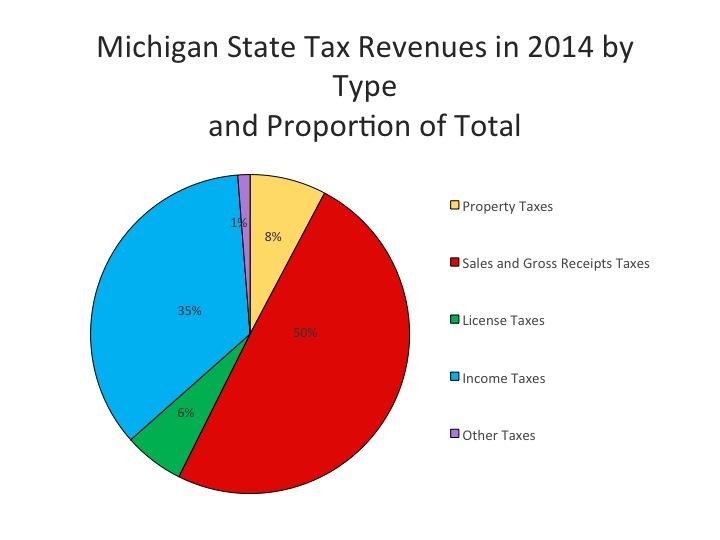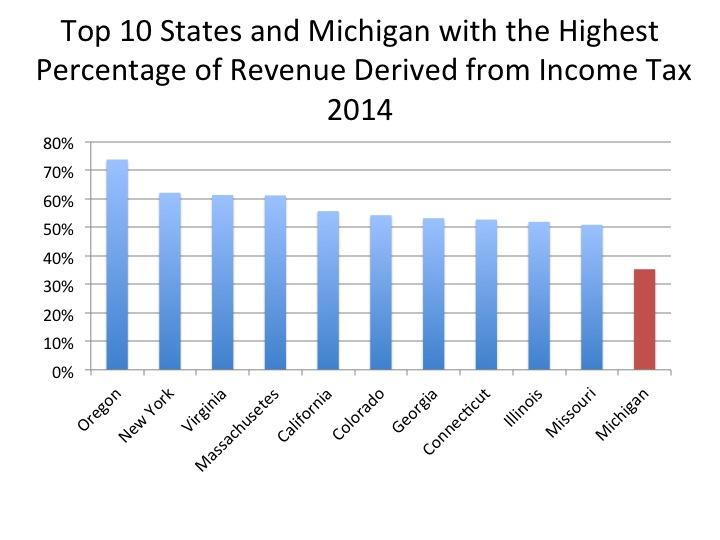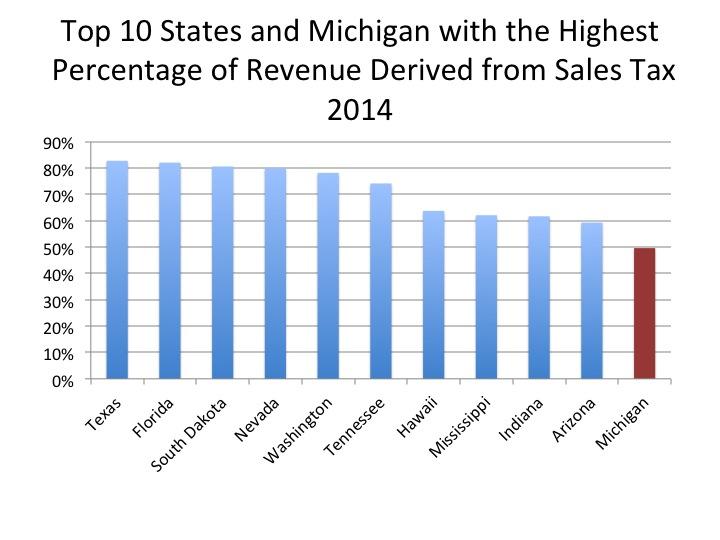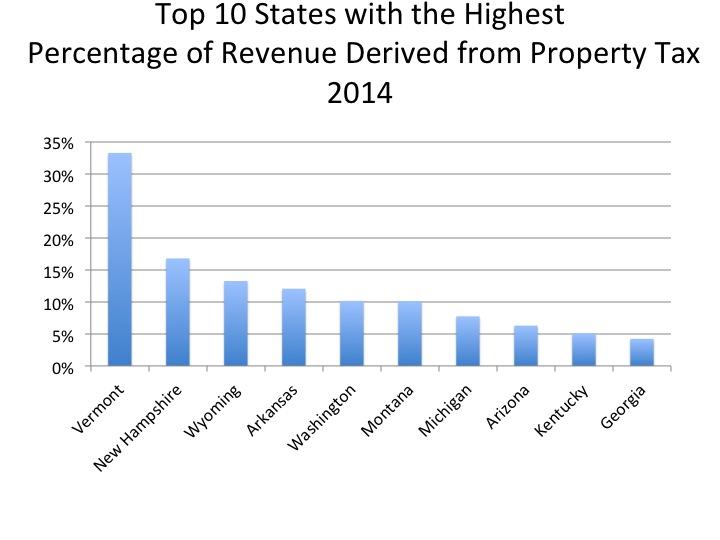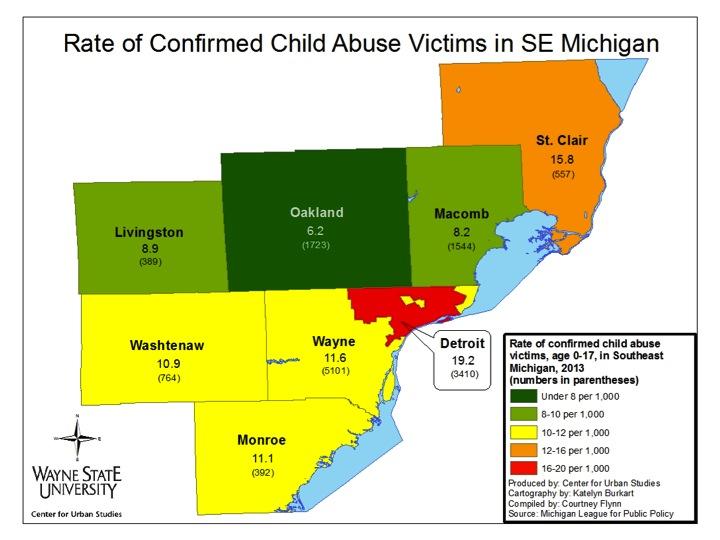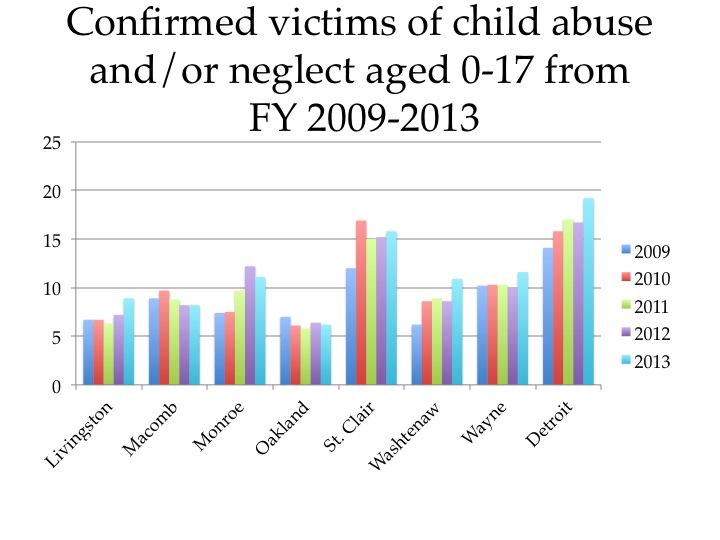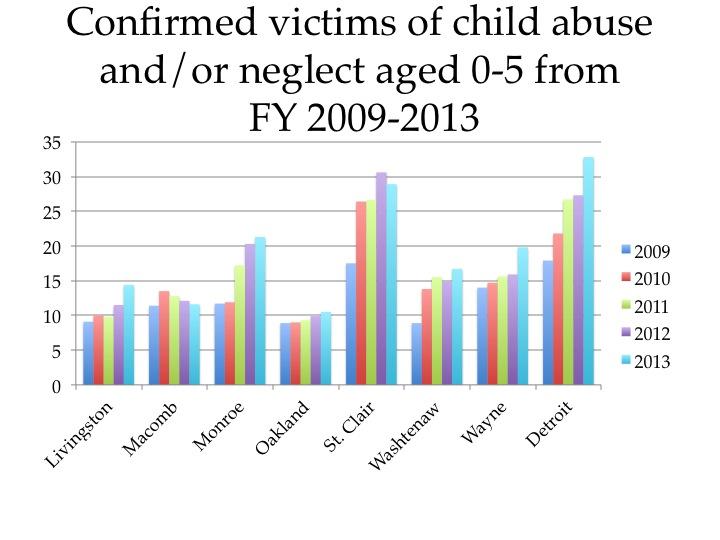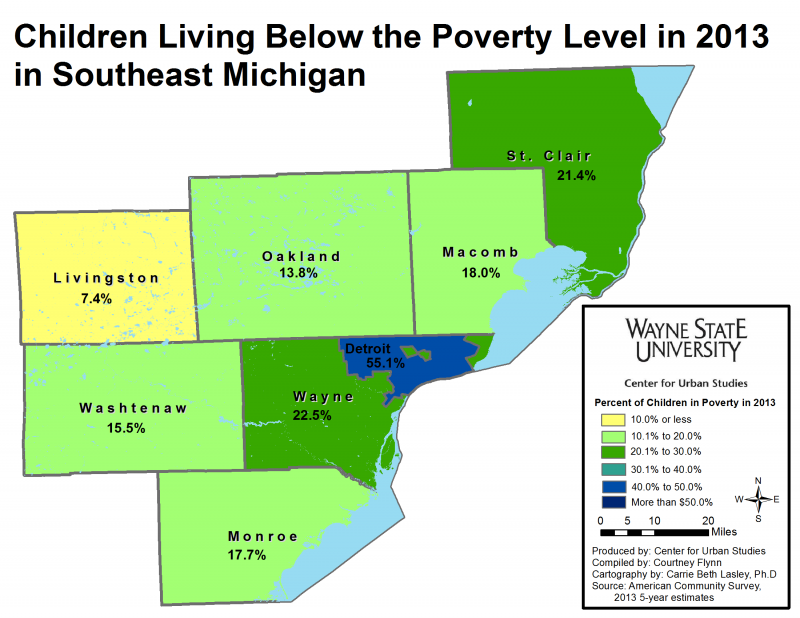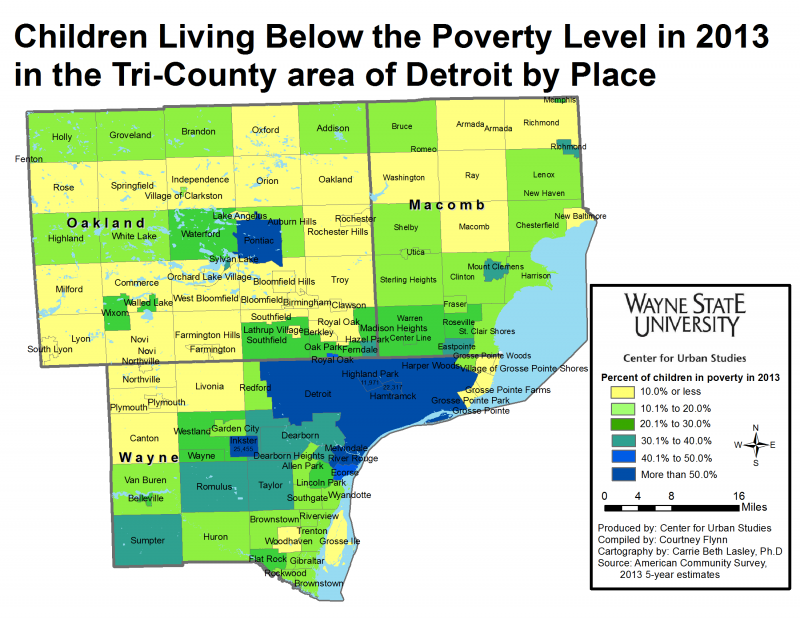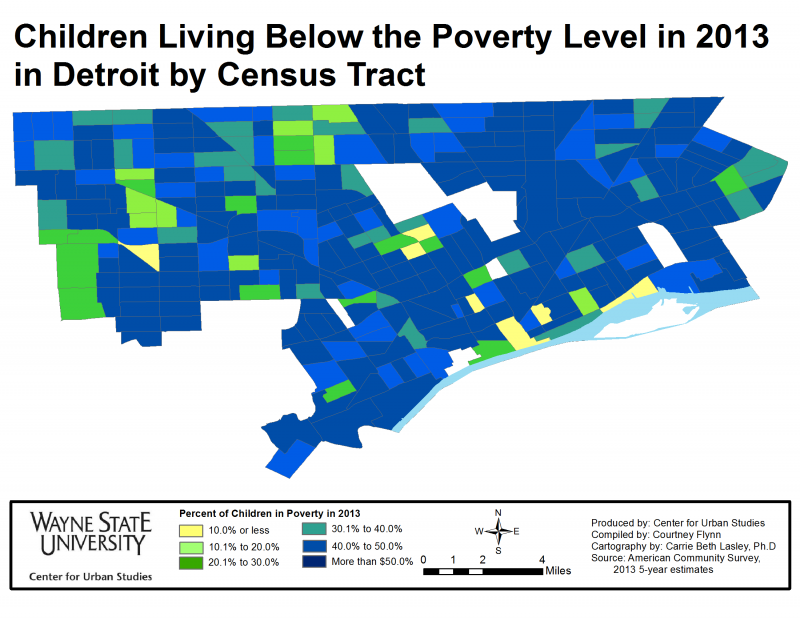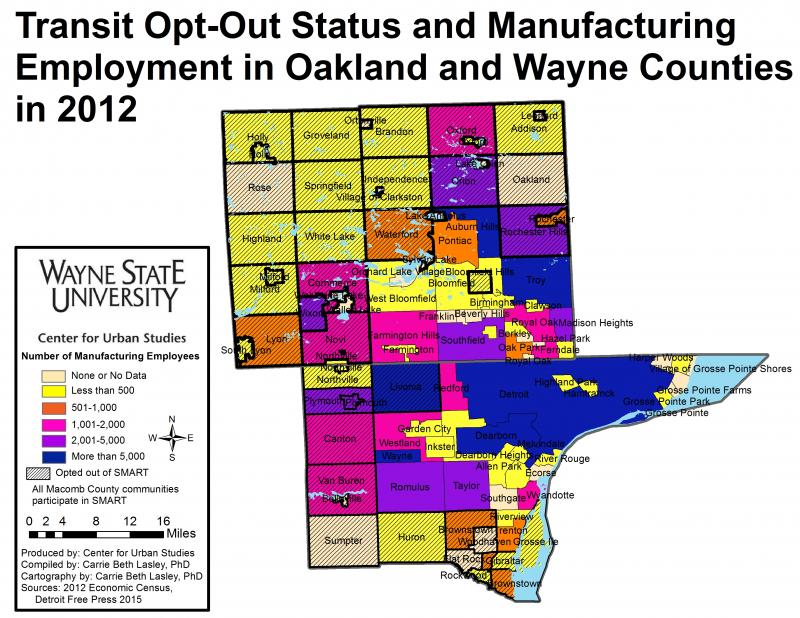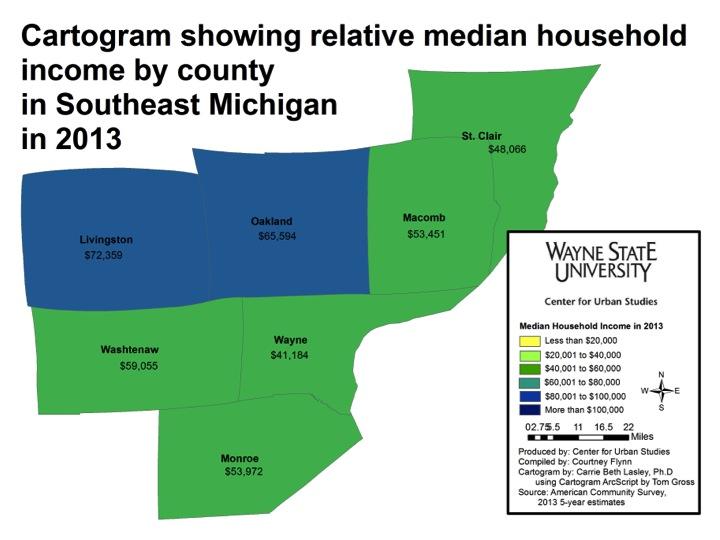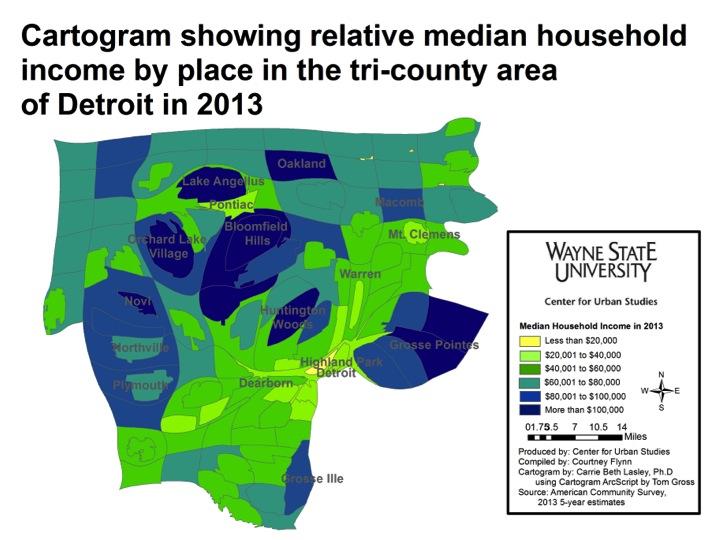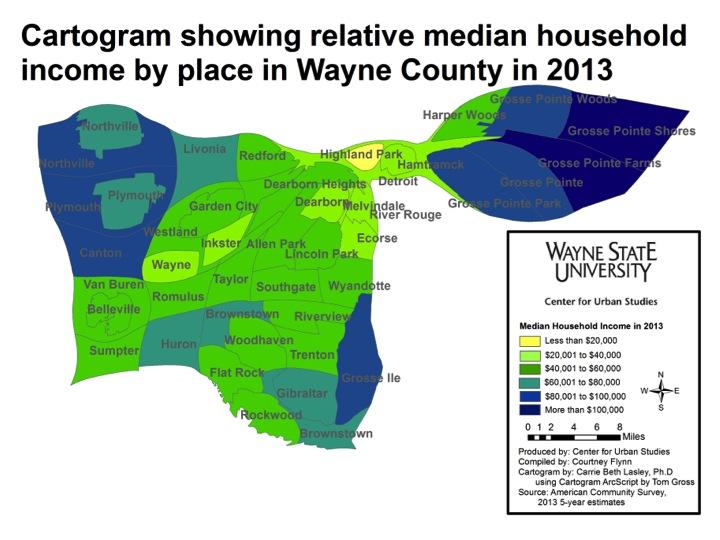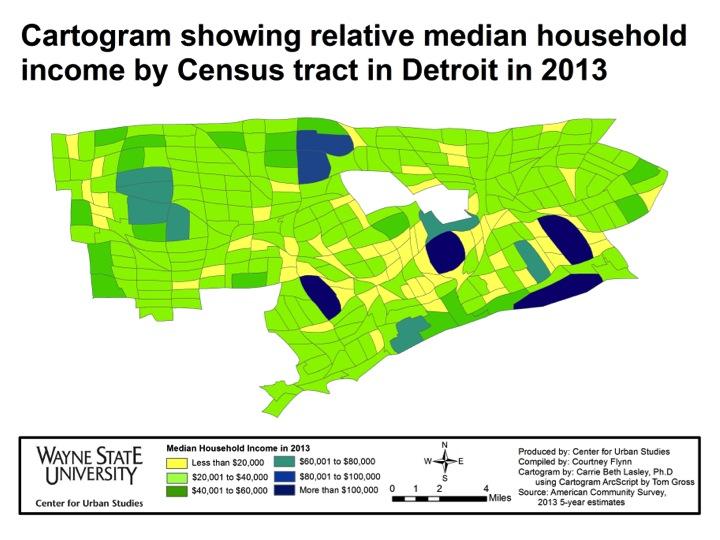Just over a year ago love won nationwide when the Supreme Court ruled in favor of same-sex marriage. County courthouses across Michigan began issuing marriage licenses to those who wanted a legally recognized union, despite their sexual orientation and gender identity. However, even such a monumental move toward equality didn’t serve as a catalyst for the State of Michigan to make strides to secure other basic human rights for the Lesbian, Gay, Bisexual and Transgender (LGBT) community. In fact, state level statutes have failed to recognize equality for the LGBT community, whereas at the local level various officials are working to ensure comprehensive civil rights policies exist in the areas they have jurisdiction over.
Currently, there are 46 Michigan cities and counties, combined, which provide some type of employment and/or housing discrimination protection to the LGBT community. Fourteen of these local government entities, including three counties, are located in Southeastern Michigan. Just in Southeastern Michigan, those 11 communities with inclusive non-discrimination policies make up 23 percent of the region’s population. The three counties with such policies-Macomb, Washtenaw and Wayne-make up 64 percent of the population. But, while these efforts deserve to be applauded, many of the policies are by no means comprehensive. At the municipal level expanded civil rights policies are to be adhered to by all employers and/or housing providers. This isn’t necessarily the case at the county level though. Macomb County’s human rights policy is only extended to the county’s 2,200 current and potential employees; its contracting policy doesn’t even reflect the changes.
Both historical and recent policies, and lack thereof, at the state level have created a culture that lacks inclusion and basic human rights protections. Currently the Elliott Larsen Civil Rights Act (the state’s non-discrimination policy) does not include sexual orientation or gender identity and expression. Attempts to amend this statewide civil rights act have occurred since 1973 (a year after East Lansing and Ann Arbor adopted their policies), the most recent being 2014. The proposed 2014 amendments aimed to add exactly what is missing, however those amendments were never approved in the legislature. This lack of action and support for basic human rights continues to leave Michigan without a blanket discrimination protection for the LGBT community and a political gesture toward inclusivity.
Although the legislature failed take action on the Elliott Larsen Act, in the summer of 2015 three Religious Freedom Adoption bills became law, allowing religious organizations to deny placement of a child in a home based on religious grounds. These bills did not have direct language against the LGBT community but it can be argued they are, at least in part, targeted at by these bills. State Rep. Andrea LaFontaine said the bills were meant to protect the public-private partnership that allows Michigan to have an 80 percent adoption rate. She said, by making the then proposed bills law, no agency would have to choose “between their faith and helping children.” The Human Rights Campaign said these laws make it even more difficult for LGBT couples to adopt, particularly as the Michigan Catholic Conference and Bethany Christian Services make up 25-30 percent of adoptions that occur in Michigan, according to information provided by Gov. Snyder’s office to the Washington Blade (link). These laws may have protected those public-private partnerships, but they also opened up another avenue for discrimination based on sexual orientation and gender identity.
Not even a year later it seems another door toward discriminatory practices could open. Proposed House Bill 5717 and Senate Bill 993, which were introduced to the Legislature a few months ago, aim to keep the use of public school restrooms restricted to those with the same biological sex; SB 993 goes as far as relying on chromosomes). Anatomy and gender are not one in the same, and while the supporters of these bills claim they are trying to protect the children, the effect is likely to be discrimination against them.
Michigan citizens do not have access to fair employment, housing and family planning options because of their sexual orientation or gender identification, and that soon may be extended to the use of the restroom. Yes, there have been concentrated attempts at the local level to broaden access to these basic human rights for over 30 years. However, some of the State’s elected leaders continue to build walls, including between children, even as local government entities and the nation tirelessly work toward acceptance and inclusivity.
Below is a timeline and a map showing the most recent years in which a Michigan municipality implemented a more comprehensive non-discrimination policy that addresses equal employment and/or housing rights based on gender identity and/or sexual orientation.
Items to note:
- East Lansing was the first local government entity in the nation to enact to include sexual orientation in its civil rights protections. East Lansing expanded its original 1972 policy that provided employment protections based on sexual orientation to include housing protections in 1986 and to include gender identity in 2005. Since 2005 was the most recent policy amendment East Lansing is listed under 2005 in the timeline and on the map.
- Ann Arbor adopted policies that provided residents employment and housing protections in 1972; in 1999 it expanded those protections to include gender identity. Ann Arbor is listed as amending its policies in 1999, not 1972, because that was the most recent change.
- Detroit updated its initial 1979 employment and housing protections beyond sexual orientation to include gender identity in 2008. Detroit is listed as adopting comprehensive non-discrimination policies in 2008 because, again, that was the most recent year they were updated.

